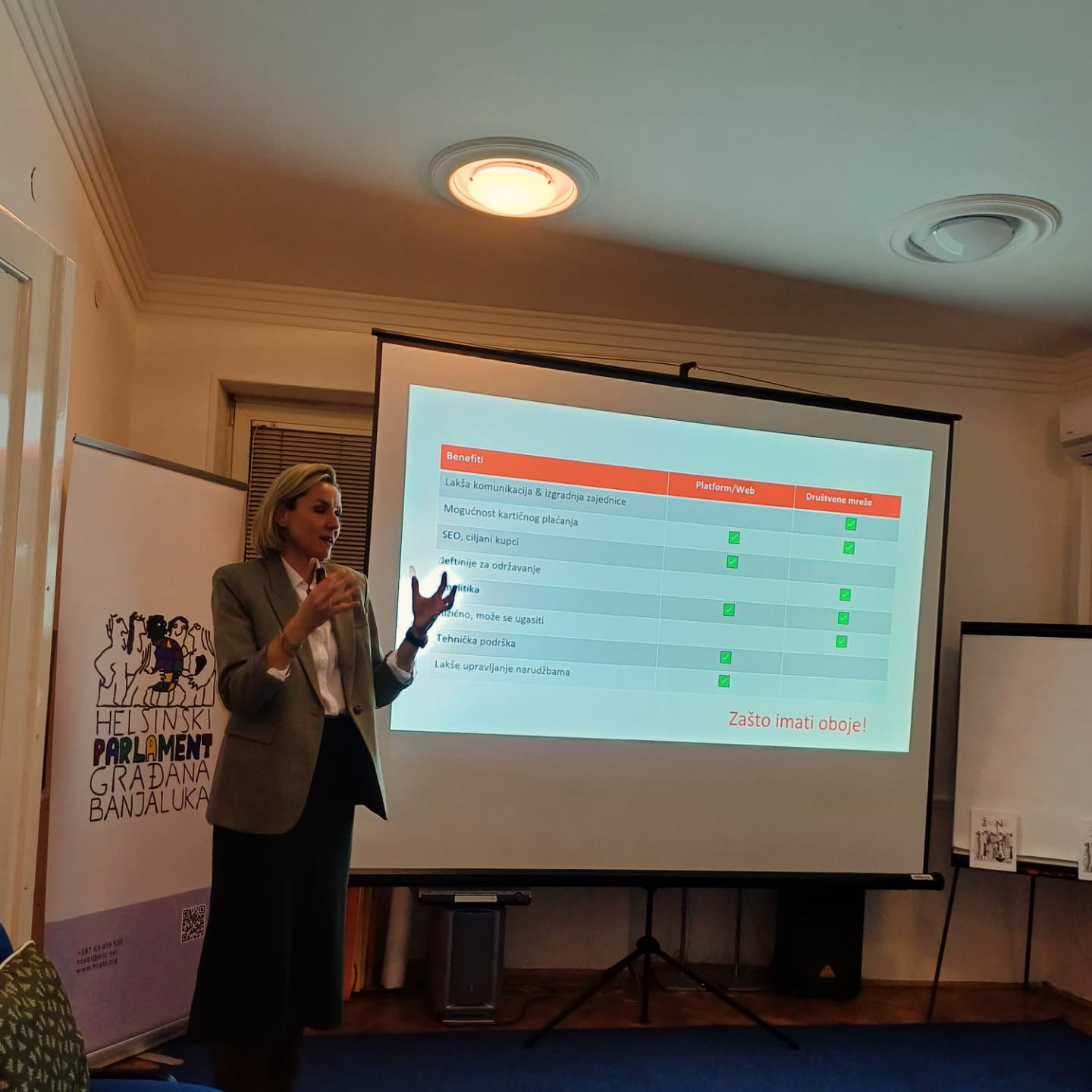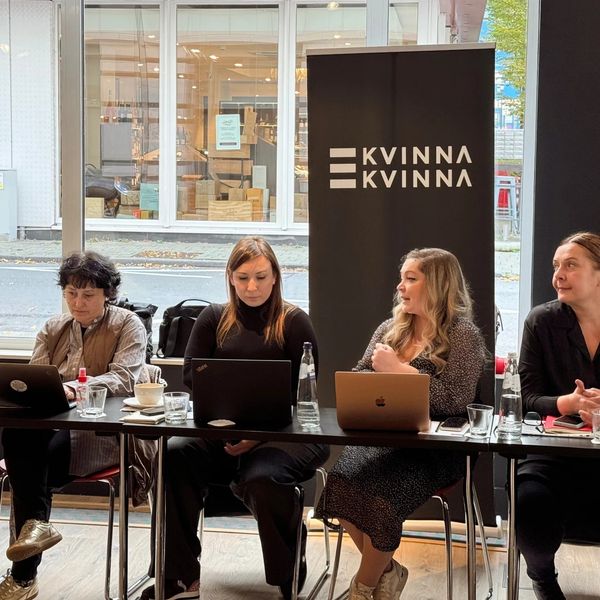The climate crisis does not affect everyone equally. Women and girls are more likely than men to experience the negative effects of climate change. For example, 80% of people displaced by climate change are women. Climate change also exacerbates existing gender inequalities and poses a unique threat to diminishing the livelihoods, health and security of women and girls. Many studies have shown that female mortality from disasters tends to be higher than male mortality in countries where women have a lower socio-economic status.
Women’s work often relies on natural resources
When it comes to food security, women often bear a greater burden in taking care of the household in order to have enough food. The daily search for resources is exhausting and long-lasting. They rely on nature for the survival of their families, but nature is under threat from global warming. Issues of gender equality and climate change are increasingly intertwined. In low- and lower-middle-income countries, agriculture is the largest sector of employment for women and youth. But during periods of unpredictable weather, employment in agriculture also becomes unpredictable. When there is lack of jobs, young women and girls are often the first to drop out of school to help their mothers supplement their modest incomes.
A number of conditions must be met in order for people to adapt to and build resilience to climate change. This includes, for example, access to appropriate information and resources. Gender also plays a role in whether the conditions will be met. For example, women traditionally have less access, control and ownership of resources. They also have less access to knowledge and information about climate adaptation. Many things put women at a disadvantage, from lack of decision-making power to social status, be it family or community. This affects women’s ability to adapt to the impacts of climate change. However, women have unique insights into the need for climate adaptation. Their voices must be heard. Women are not sufficiently recognized for their potential role in solving the climate crisis. This lack of recognition could undermine global efforts to address the link between climate change and gender.
Working in rural areas, women are often the first to notice when the eco-system is breaking down. They are often the first to find mechanisms to cope with the effects of extreme weather conditions. We need a clear focus on the limitations, needs and priorities of women. But we also need to listen to their specific insights, knowledge and local strategies.
How can we address climate change and gender equality?
To address these inequalities, we must take action. In international development projects, we have to think about how to design climate adaptation programs. Cultural sensitivity should be kept in mind when designing projects, along with feasible strategies that are inclusive. Our actions must be sensitive to the many roles that women and men play in different spheres of life. This includes everything from household management to natural resource management. More broadly, this means working towards gender equality at home, at work and in community life.
Women need more access to resources
Development programs and projects should have a strong focus on gender equality. This will ensure that adequate funds are allocated to women and youth. A critical element of equality is the protection of women’s access, control and ownership of resources. These include land, livestock, property and income-generating opportunities. We also need to strengthen access to development resources such as loans, information, extension and entrepreneurial skills and training.
First of all, women themselves must be involved in the equality process. We must design and implement investments that reflect their concerns and needs. Furthermore, many women do not have access to basic information about adapting to climate change. Investing in climate change awareness campaigns at the local level can combat this.
Labor-saving technology can play a significant role in women’s equality. Investing in gender-sensitive green technologies can help women and girls in rural communities save time. Water harvesting and storage technologies can be of great benefit, as can irrigation systems.
We need more insight into climate change and gender inequality
The scope of gender-based work is broad. It includes many elements, from cultural to economic and social. The environments in which the transformation must take place are equally diverse. They range from agricultural land to forests, pastures and watersheds. They include situations from small households to large communities. This range means that we need to expand our knowledge of the status through research and systemic analysis. We urgently need to fill data and knowledge gaps about the impact of climate change on women and youth. We need to go deeper into the data. This means a more detailed understanding of the differences between women. What do we know about their age, status, class, marital status and profession? Do we know enough about their traditions? Are these differences sufficiently well understood with regard to the impact of climate change?
By increasing women’s voices in households and communities, the link between climate change and gender can be better addressed. This is because participation and action help women become part of climate adaptation decisions. Our goal is to empower women with the skills, tools and knowledge to adapt to climate impacts. “Gender” has become an important factor through which we look at all projects and programs, especially those dealing with climate change.
Source: blog.cabi.org/
Photo: activesustainability.com





